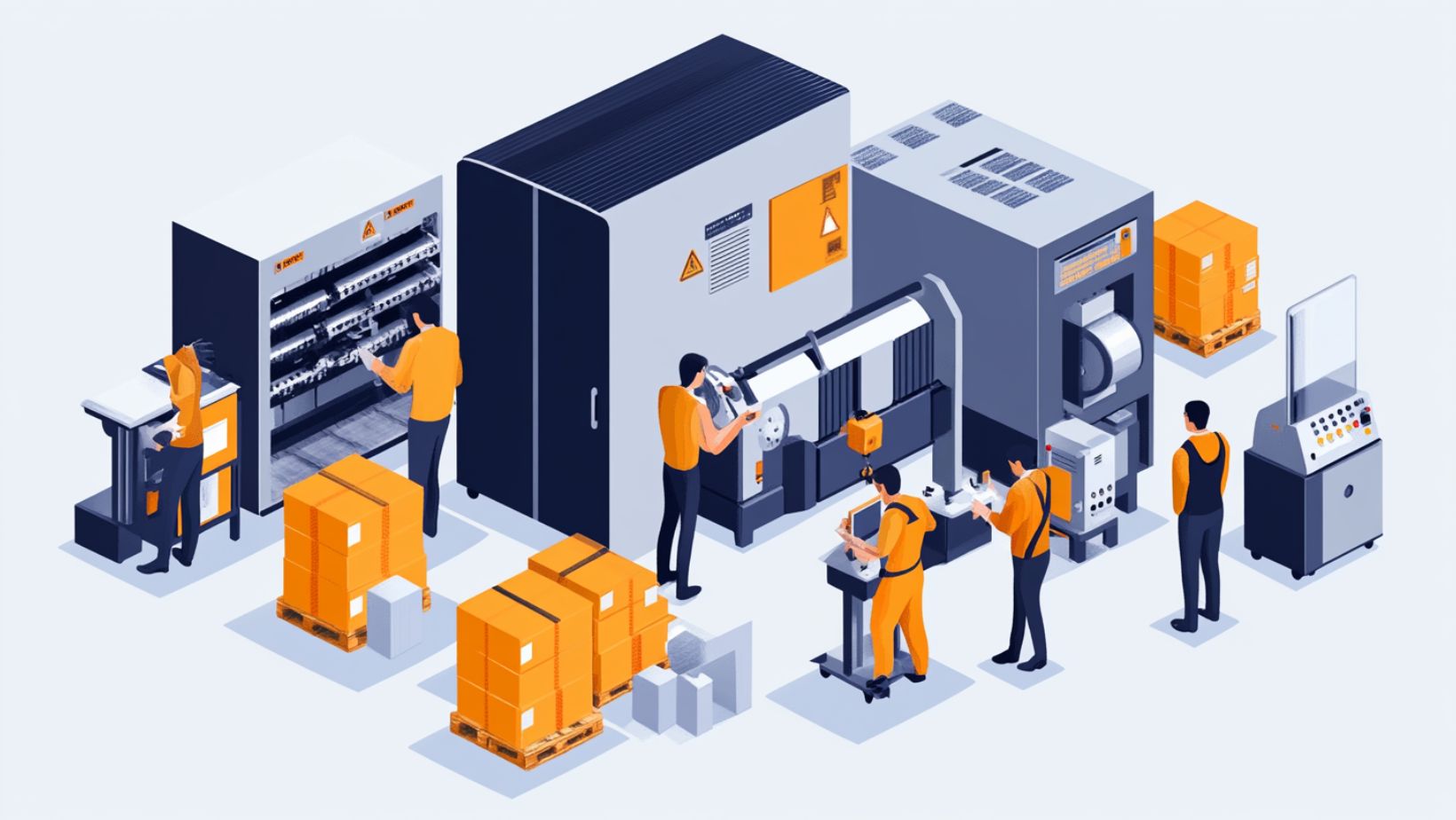
 In today’s fast-paced manufacturing world, ensuring the integrity of your product labels is paramount. Quality assurance has never been more critical, and automated solutions are taking the lead. This article will dive deep into the significance of label inspection, its impact on manufacturing businesses, and how implementing effective systems can benefit your operations. Label inspection systems are vital for maintaining the accuracy and compliance of your product labels.
In today’s fast-paced manufacturing world, ensuring the integrity of your product labels is paramount. Quality assurance has never been more critical, and automated solutions are taking the lead. This article will dive deep into the significance of label inspection, its impact on manufacturing businesses, and how implementing effective systems can benefit your operations. Label inspection systems are vital for maintaining the accuracy and compliance of your product labels.
Why Label Inspection Matters
Label inspection is not just a minor quality check; it’s an essential part of the production process that ensures both compliance with regulations and customer satisfaction. Faulty labels can lead to legal issues, recalls, and brand reputation damage. Therefore, investing in advanced label inspection systems is critical for businesses aiming to maintain high-quality standards.
How Automated Label Inspection Works
Automated label inspection systems use cutting-edge technology, including advanced cameras and sensors, to scrutinize labels in real-time. These systems are designed to detect various defects, such as misprints, wrong colors, missing information, and incorrect placements. By automating this process, companies can significantly reduce the risk of human error and increase their operational efficiency.
The Components of an Automated System
Cameras and Imaging: High-resolution cameras capture detailed images of each label, which are then analyzed by the system.
Software Algorithms: Sophisticated software algorithms compare label images against predefined standards, identifying any discrepancies.
Data Feedback: These systems often provide real-time feedback, allowing for quick corrective actions.
Benefits of Implementing Label Inspection Systems
The integration of an effective label inspection system can offer numerous benefits:


Enhanced Accuracy and Efficiency
Automated systems are capable of inspecting thousands of labels per minute, which drastically improves production line efficiency and ensures that every label meets the necessary standards.
Cost Savings
By minimizing errors and reducing the need for manual inspections, companies can save significantly on labor costs and minimize waste associated with defective product batches.
Regulatory Compliance
Staying compliant with industry regulations is crucial. Label inspection systems help ensure that all product information is accurately represented, keeping organizations within legal limits.
Improved Brand Image
An incident involving a mislabeled product can greatly affect a company’s reputation. By ensuring label accuracy, businesses can enhance their brand image and build trust with consumers.
Choosing the Right Label Inspection System
When selecting a label inspection system, it’s essential to consider factors such as the type of products being inspected, the production environment, and specific compliance requirements. An effective system should be scalable to meet future demands and adaptable to any changes in labeling regulations.
Key Features to Look For
Versatility: The system should accommodate various label sizes and types, whether they are for food packaging, pharmaceuticals, or any other product category.


User-Friendly Interface: A system that’s easy to use minimizes training time and increases adoption by production line staff.
Data Integration: The ability to integrate with existing data management systems can streamline production processes and provide valuable insights.
Conclusion
Label inspection is a critical component of modern manufacturing that ensures products meet regulatory standards and customer expectations. By investing in automated solutions, such as those offered by label inspection technologies, businesses can achieve significant improvements in quality control, efficiency, and customer satisfaction. Embracing these innovations not only secures compliance but also fortifies a company’s market standing.